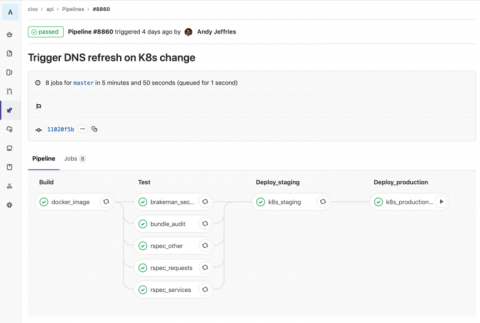Elasticsearch security: Authentication, Encryption, Backup
There’s no need to look outside the Elastic Stack for apps to ensure data protection. Basic Elasticsearch Security features are free and include a lot of functionality to help you prevent unauthorized access, preserve data integrity by encrypting communication between nodes, and maintain an audit trail on who did what to your stack and with the data it stores. From authentication to encryption and backup, Elasticsearch security covers everything that’s needed to safeguard your cluster.











